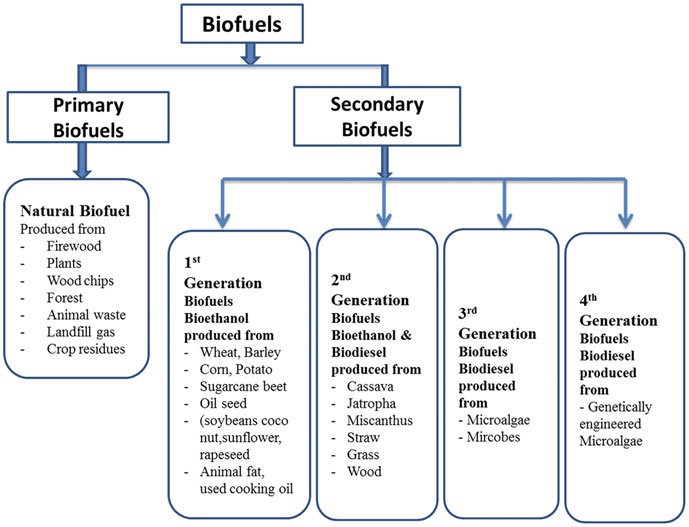7667766266
enquiry@shankarias.in
While electric vehicle or hydrogen fuel cell based transportation may be the mainstream in the long run, biofuel is expected to play an important role in the near future.
Biofuels are fuels produced directly or indirectly from organic material, including plant materials and animal waste.

References